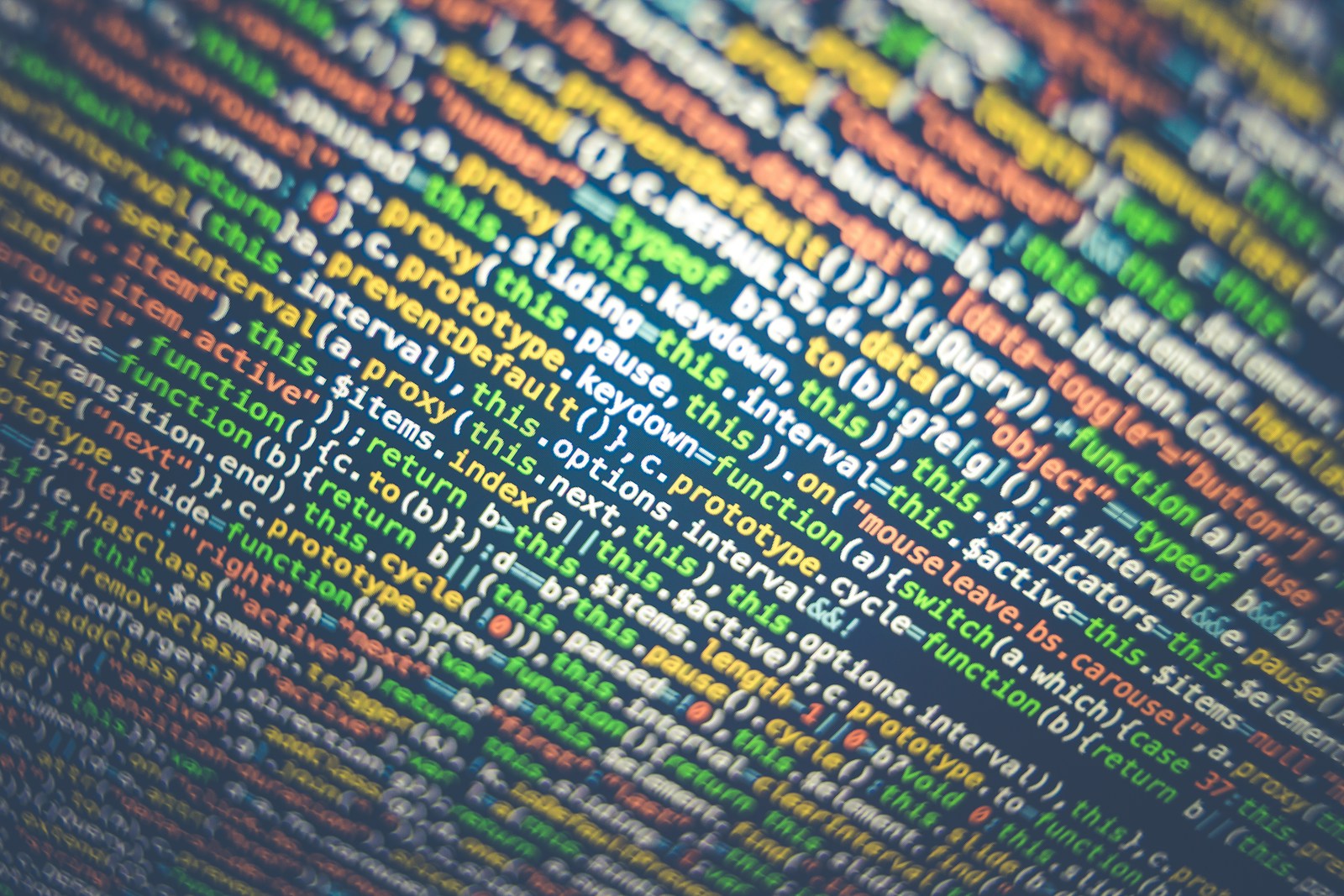Introduction
Data analysis is essential in any research, decision-making, or business strategy. However, before any meaningful insights can be drawn from data, the data must be prepared and polished. This is where data cleaning and preprocessing come into play. These two steps are crucial for ensuring data quality, accuracy, and relevance. Let’s break down each step in detail.
1. What is Data Cleaning?
Data cleaning is the process of identifying and rectifying errors, inconsistencies, and inaccuracies within a dataset. The goal is to remove or correct problematic data to improve the overall quality of the dataset. This step is essential because unclean data can lead to false or misleading conclusions.
Key Tasks in Data Cleaning:
- Handling Missing Values: Missing data can skew results. Strategies to handle them include:
- Removing records that have too many missing values.
- Imputation, which involves filling missing values with an average, median, or most frequent value.
- Using algorithms that handle missing data natively, like certain tree-based models.
- Fixing Errors and Inconsistencies: Data may have typos, duplication, or inconsistent formatting. For instance, in a dataset of names, entries like “John Smith” and “J. Smith” should be standardized to avoid double-counting.
- Outlier Detection: Outliers are data points that significantly deviate from others. They can distort analysis and lead to incorrect conclusions. Outliers can be detected using statistical methods like Z-scores or visualization tools such as box plots.
- Standardization and Formatting: Data may come in various formats (e.g., date formats like MM/DD/YYYY vs. DD/MM/YYYY). Standardizing these formats ensures consistency.
2. What is Data Preprocessing?
Data preprocessing refers to the process of transforming raw data into a format that is more suitable for analysis. It is broader than cleaning and often includes steps that prepare data for machine learning models or statistical analysis.
Key Steps in Data Preprocessing:
- Data Integration: Combining data from different sources into a single dataset. This step is crucial for projects that require multiple data sources, such as customer data from different regions.
- Data Transformation:
- Normalization: This process rescales data to fit within a particular range, often [0, 1], which can improve the performance of machine learning algorithms.
- Standardization: Rescales data so that it has a mean of zero and a standard deviation of one. This helps when features have different scales.
- Encoding Categorical Variables: Converting non-numerical data, such as text labels, into a numerical format that models can process. Techniques include:
- Label Encoding: Assigns a unique number to each category.
- One-Hot Encoding: Creates binary columns for each category, representing the presence or absence of the category.
- Feature Scaling: Ensures that numerical features contribute equally to the model’s performance. Algorithms that use distances (e.g., KNN, SVM) benefit significantly from feature scaling.
- Feature Engineering: Creating new features or modifying existing ones to enhance the model’s performance. For example, if a dataset has a date column, new features like day of the week or month can be added.
3. Why Data Cleaning and Preprocessing Are Important:
- Improves Data Quality: Clean and preprocessed data yield more reliable insights and predictive models.
- Prevents Errors: Minimizes the risk of incorrect analysis due to poor data quality.
- Enhances Model Performance: Machine learning models work better with data that has been cleaned, scaled, and transformed.
- Saves Time: Although time-consuming at the start, data cleaning and preprocessing save time later by reducing troubleshooting during analysis.
4. Tools and Techniques for Data Cleaning and Preprocessing:
- Python Libraries:
- Pandas: Ideal for data manipulation and cleaning tasks.
- NumPy: Useful for numerical operations and data imputation.
- Scikit-learn: Provides preprocessing modules like
StandardScalerandOneHotEncoder. - R Libraries:
- tidyverse: A collection of packages for data cleaning and analysis.
- dplyr and tidyr: Specialize in data manipulation and cleaning.
- Spreadsheet Software:
- Excel and Google Sheets: Useful for small-scale data cleaning and preprocessing tasks.
Conclusion:
Data cleaning and preprocessing are fundamental to any data analysis project. They ensure that the data is accurate, consistent, and suitable for analysis or modeling. While these steps can be time-consuming, they are essential for avoiding misleading results and enhancing the performance of data-driven applications. By investing time in proper data cleaning and preprocessing, you set a strong foundation for accurate and actionable insights.


Leave a Reply